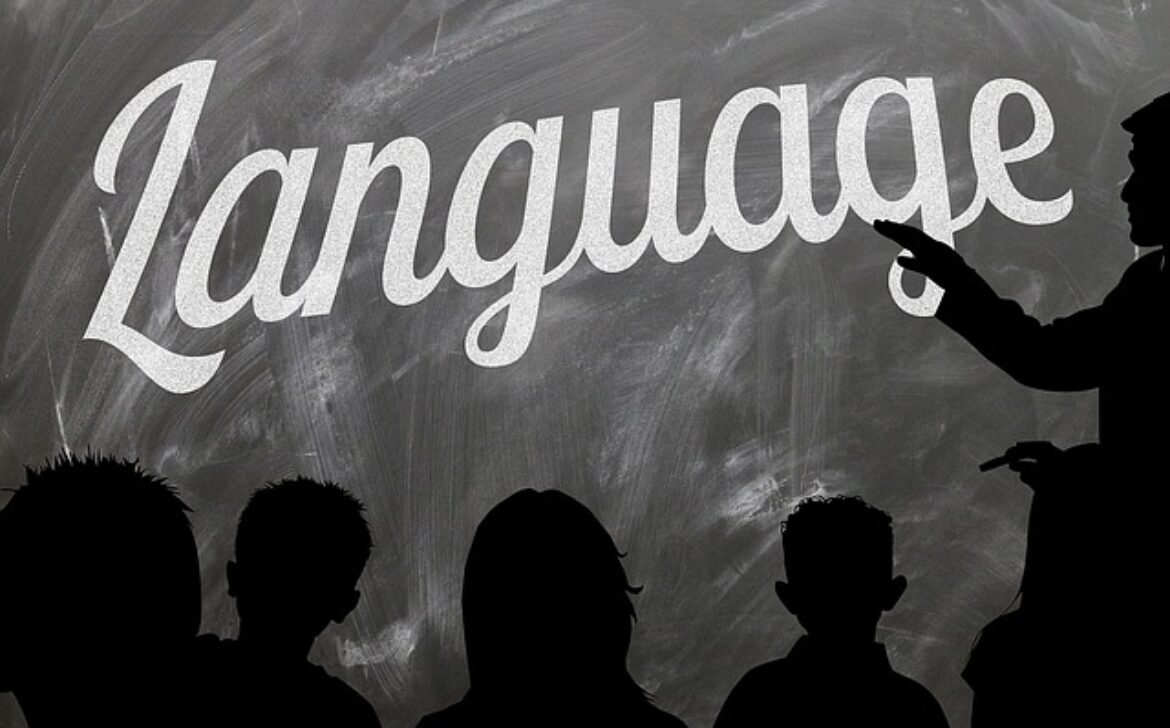The Best Programming Language for Interview Preparation: A Comprehensive Guide
In today’s highly competitive job market, programming skills have become essential for landing coveted positions in the tech industry. When it comes to interview preparation, choosing the right programming language to focus on can significantly enhance your chances of success. This article aims to provide a comprehensive guide to help you identify and select the best programming language for interview preparation. We will analyze various factors such as industry demand, versatility, ease of learning, community support, and available resources. By the end of this article, you will have a clear understanding of the programming languages that can give you an edge in your next job interview. Simplicity and Versatility (350 words) Python has rapidly gained popularity over the years, thanks to its simplicity, readability, and versatility. Its clean syntax allows for faster development and easier debugging. Python’s extensive library ecosystem enables developers to leverage pre-existing tools and frameworks, reducing development time. Moreover, Python finds extensive use in diverse domains such as web development, data analysis, machine learning, and artificial intelligence. Its widespread adoption and community support make it an excellent choice for interview preparation, as many companies actively seek Python developers. Web Development Dominance (350 words) For aspiring web developers, JavaScript is an indispensable language. With its ability to run on both the client and server sides, JavaScript powers dynamic web applications and adds interactivity to websites. JavaScript frameworks like React and Angular are in high demand, making it crucial for interviewees aiming for front-end or full-stack positions. Additionally, JavaScript’s popularity in the open-source community ensures a wealth of learning resources, forums, and libraries to aid interview preparation. Enterprise-Grade Reliability (350 words) Java remains a powerhouse in the software industry, particularly for enterprise-level development. Its stability, security, and cross-platform compatibility have made it the language of choice for building large-scale applications. Java’s object-oriented programming paradigm promotes code reusability and maintainability, which are crucial for organizations with extensive codebases. Many renowned companies, especially in the financial and banking sectors, seek Java expertise, making it a safe bet for interview preparation. Performance and Low-Level Development (350 words) C++ is known for its high performance and low-level capabilities, making it ideal for system-level programming, game development, and embedded systems. It offers greater control over hardware resources, allowing developers to optimize code for efficiency. While C++ may have a steeper learning curve compared to other languages, its proficiency can set candidates apart, particularly for roles involving performance-critical applications and systems. Mobile App Development Excellence (350 words) If your career goal is to develop iOS and macOS applications, Swift is the language to master. Swift’s modern syntax and safety features make it easier to write clean and maintainable code. With the growing popularity of Apple devices, proficiency in Swift is highly valued, and many companies prioritize it for mobile app development roles. Building a strong foundation in Swift can significantly boost your chances of success in interviews related to iOS development. Selecting the best programming language for interview preparation depends on various factors, including industry trends, personal goals, and the targeted job market. Python’s simplicity and versatility, JavaScript’s dominance in web development, Java’s reliability for enterprise-grade applications, C++’s performance advantages, and Swift’s excellence in mobile app development are just a few examples of languages that can enhance your interview prospects. Ultimately, the language you choose should align with your career aspirations and the specific job roles you are targeting. It is crucial to invest time in learning the fundamentals, mastering important concepts, and gaining hands-on experience in your chosen language. By doing so, you can confidently showcase your skills and stand out in programming interviews, increasing your chances of securing your dream job in the tech industry.Introduction
Python:
JavaScript:
Java:
C++:




Swift:
Conclusion



















